Measuring weather
Weather affects us in many ways. It affects what we do and what we wear, how we travel and even our moods.
Meteorologists measure weather conditions in different places and use this information to report and make forecasts about future weather conditions.
This is useful because people can be warned about hazardous weather conditions such as storms and floods.
What do we measure?
Temperature
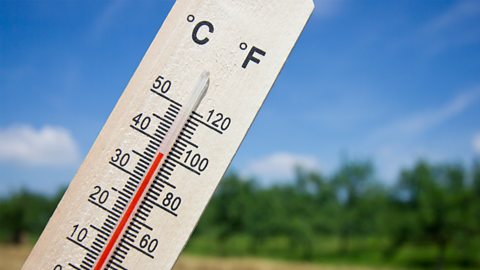
A thermometer
Temperature is measured in Celsius (°C) using a digital thermometer. The thermometers can be placed in a Stevenson Screen to make sure that the temperature is taken in a shady environment.
This is a wooden box with slatted sides, a sloping roof and legs to keep the screen off the ground. It is painted white to reflect the sun.
Precipitation
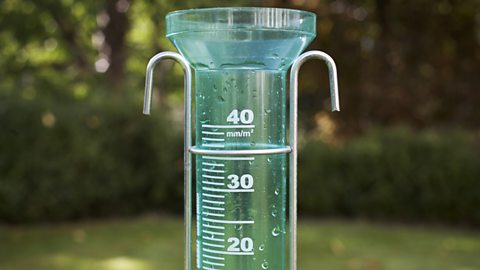
A rain gauge
Precipitation is measured using a rain gauge. The rain gauge is usually anchored in the ground with the top of the gauge around 30cm above the ground surface to ensure that rain splash does not affect the results. The depth of the rain in millimetres can be read from the side of the container.
Wind direction
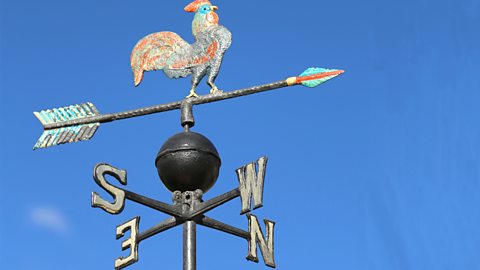
A wind vane
Wind direction is reported by the direction it is blowing from, according to the compass. Wind blowing from the west is travelling eastwards so is called a westerly wind, not an easterly wind. Wind direction is often observed using a wind vane.
Wind speed
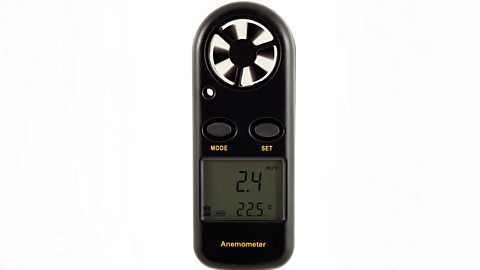
An anemometer
Wind speed can be measured using an anemometer. The anemometer should be held at arm’s length, above the head so that the cups can rotate without any interference. The strength of the wind is measured in knots.
Atmospheric pressure
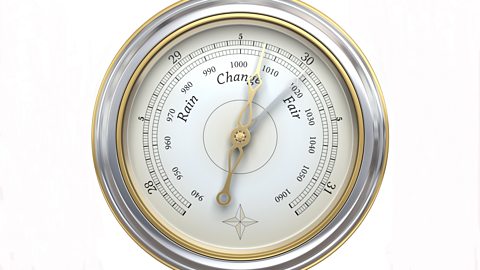
A barometer
Atmospheric pressure is the weight of air pressing down on us. Air is light but because there is so much of it above us, it exerts a pressure on us. Atmospheric pressure is measured by a barometer. The units used are millibars.
The greater the reading, the higher the pressure. Normal pressure is 1000mb with a reading above this being regarded as high pressure and a reading below is regarded as low pressure.
A high-pressure system is called an anticyclone.
An area of low pressure is called a depression.
Cloud cover
Cloud cover is measured in units called oktas. Each okta represents one eighth of the sky covered by cloud.